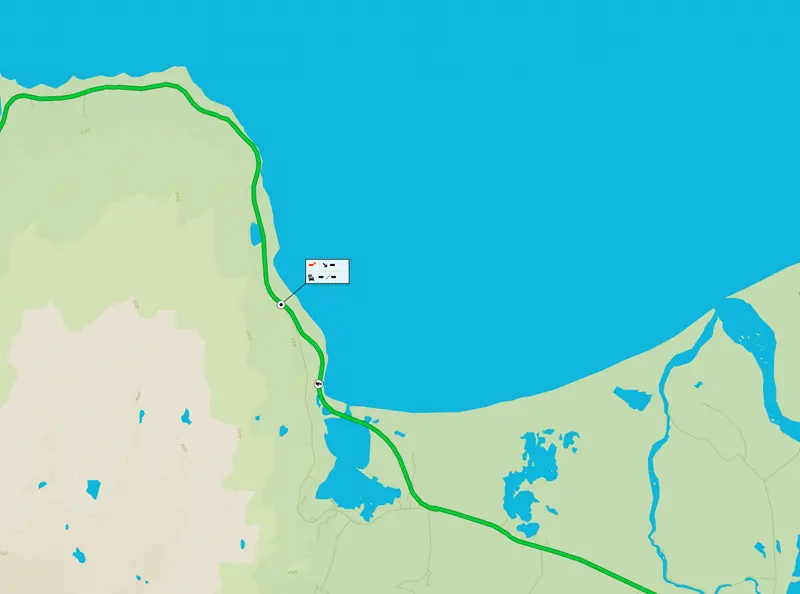PDF · Útgáfa NR-1800-864 / 2970-413-SKY-003-V01 — apríl 2024Bridges in a Circular Economy – Status report 3
This report builds upon the groundwork laid in the previous collaboration report between EFLA and Arup, demonstrating the practical application of the Circular Design Framework for bridges. The focus lies in devising a bridge design that aligns with circular economy principles while catering to the unique requirements of the Icelandic market with a spotlight on the “Design for Disassembly” strategy. The circular economy emphasizes resource efficiency and minimizing waste. While sustainability considers environmental impacts holistically, circularity focuses on material flows and longevity. The purpose of this research is to investigate how circular design principles can be incorporated into bridge infrastructure. More specifically, how bridge infrastructure can be designed for disassembly. To evaluate the circular bridge design and concept, a comparison is made to a conventional Icelandic bridge using two critical indicators: Material Circularity Indicator (MCI) and Environmental Cost Indicator (ECI). MCI is a metric that gauges how efficiently materials flow through a reuse and/or recycle system, while ECI considers the full lifecycle impact by
assessing the environmental cost in carbon dioxide or cost. The comparison and analysis investigate two bridge lifespans, revealing a modest difference in environmental impact between the circular alternative (a precast girder bridge) and the conventional Icelandic bridge design. While the circular design shows promise through a
reduction in environmental cost and improvement in material circularity, further investigation is required to verify its feasibility.

Bridges in a Circular Economy – Status report 3












